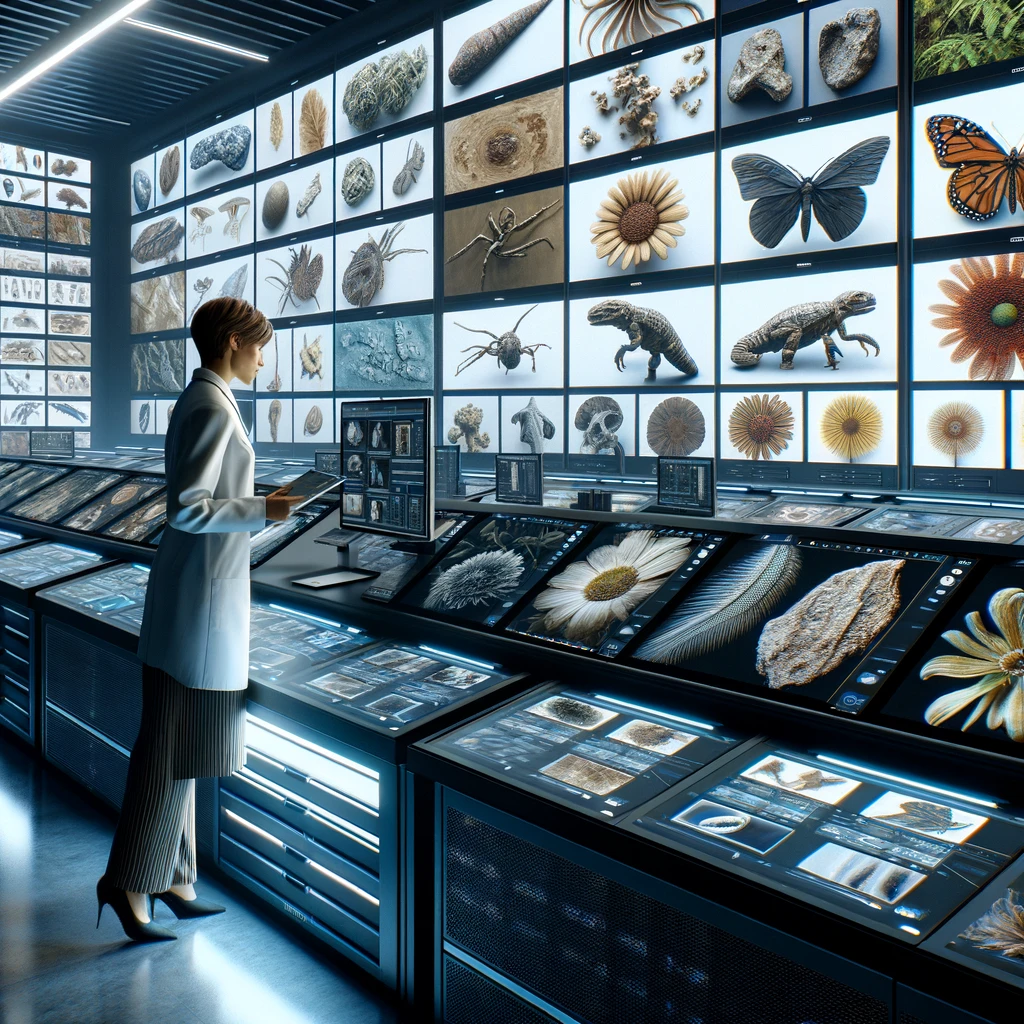
In a groundbreaking endeavor, the UK is embarking on a revolutionary journey to digitize its extensive natural history collections, led by the Natural History Museum and supported by the Arts and Humanities Research Council (AHRC). This ambitious £155 million, 10-year initiative, known as DiSSCo UK (Distributed System of Scientific Collections), aims to digitize over 137 million items spanning an awe-inspiring 4.6-billion-year history of our planet. These collections, boasting specimens from every corner of the globe, hold invaluable insights into biodiversity, evolution, and the impacts of human activity on Earth.
Despite their immense significance, less than 10% of these collections are currently digitized and accessible online, limiting their potential for research and innovation. The DiSSCo UK initiative seeks to change this by making these collections available through the Global Biodiversity Information Facility (GBIF), where already 7.6 million UK specimens are accessible, representing less than 6% of the total collections. This digitization effort isn’t just about preserving the past; it’s about harnessing historical data to tackle contemporary challenges like climate change, biodiversity loss, and food security.
Why It Matters:
The digitization of the UK’s natural history collections is poised to have a profound impact on scientific research and societal well-being. A study by the Natural History Museum London, with support from McKinsey & Company, suggests that digitizing these collections could contribute £2 billion to the UK economy. Moreover, despite comprising just 0.3% of total occurrences on GBIF, UK specimens account for a remarkable 12% of total peer-reviewed journal articles citing GBIF data.
What It Means for Innovation:
Digitizing these collections and making them accessible can completely change nature-inspired innovation, biotech, and nature-based solutions. With over 137 million items, these collections offer an extraordinary source of data about Earth’s biodiversity, evolutionary history, and human impacts on the planet. However, with less than 10% currently digitized, the full potential of these collections remains untapped. By digitizing and making them accessible, we can:
- Expand Research Horizons: The breadth of historical, geographic, and taxonomic data from UK collections is crucial for understanding biodiversity patterns and ecological dynamics, laying the groundwork for nature-inspired innovations and biotechnological solutions.
- Address Critical Issues: Data from UK collections support research on critical issues like climate change, invasive species, and conservation, essential for developing nature-based solutions that promote sustainability.
- Boost Research Efficiency: Digitization combined with AI analysis techniques can transform research efficiency, enabling large-scale studies previously unfeasible and accelerating discoveries in nature-inspired and biotechnological research.
- Promote Global Collaboration: Making these collections digitally available globally fosters inclusive scientific collaboration, particularly important for nature-based solutions requiring deep insights into local ecosystems and biodiversity.

Looking Ahead:
The digital transformation of the UK’s natural history collections marks a pivotal step toward leveraging the past to shape the future. Initiatives like DiSSCo UK position the UK as a leader in the global scientific community and demonstrate a commitment to addressing pressing challenges facing humanity and the planet. By unlocking the wealth of knowledge within these collections, the UK can inspire innovations leading to a more sustainable and prosperous future for all.
Reference:
Richard James MacCowan Revolutionising Research & Innovation: The Digital Transformation — BIOMIMICRY INNOVATION LAB

